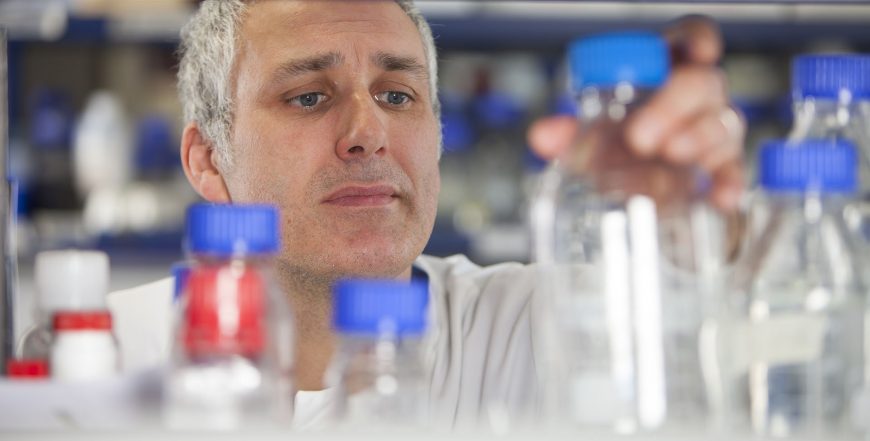
Everyone is a patient at some time or another, and we all want good medical care. We assume that doctors are all medical experts and that there is good research behind all their decisions. But that can't always be the case. Physicians are smart, well trained and do their best to stay up to date with the latest research. But they can't possibly commit to memory all the knowledge they need for every situation, and they probably don't have it all at their fingertips. Even if they did have access to the massive amounts of data needed to compare treatment outcomes for all the diseases they encounter, they would still need time and expertise to analyze that information and integrate it with the patient's own medical profile. But this kind of in-depth research and statistical analysis is beyond the scope of a physician's work. That's why more and more physicians – as well as insurance companies – are using predictive analytics.

Predictive analytics (PA) uses technology and statistical methods to search through massive amounts of information, analyzing it to predict outcomes for individual patients. That information can include data from past treatment outcomes as well as the latest medical research published in peer-reviewed journals and databases.
Not only can PA help with predictions, but it can also reveal surprising associations in data that our human brains would never suspect.
In medicine, predictions can range from responses to medications to hospital readmission rates. Examples are predicting infections from methods of suturing, determining the likelihood of disease, helping a physician with a diagnosis, and even predicting future wellness.
The statistical methods are called learning models because they can grow in precision with additional cases.
There are two major ways in which PA differs from traditional statistics (and from evidence-based medicine):
First, predictions are made for individuals and not for groups
Second PA does not rely upon a normal (bell-shaped) curve.

Physicians can use predictive algorithms to help them make more accurate diagnoses. For example, when patients come to the ER with chest pain, it is often difficult to know whether the patient should be hospitalized. If the doctors were able to answers questions about the patient and his condition into a system with a tested and accurate predictive algorithm that would assess the likelihood that the patient could be sent home safely, then their own clinical judgments would be aided. The prediction would not replace their judgments but rather would assist.
In a visit to one's primary care physician, the following might occur: The doctor has been following the patient for many years. The patient's genome includes a gene marker for early onset Alzheimer's disease, determined by researchers using predictive analytics. This gene is rare and runs in the patient's family on one side. Several years ago, when it was first discovered, the patient agreed to have his blood taken to see if he had the gene. He did. There was no gene treatment available, but evidence based research indicated to the PCP conditions that may be helpful for many early Alzheimer's patients.

With early intervention, many diseases can be prevented or ameliorated. Predictive analytics, particularly within the realm of genomics, will allow primary care physicians to identify at-risk patients within their practice. With that knowledge, patients can make lifestyle changes to avoid risks. As lifestyles change, population disease patterns may dramatically change with resulting savings in medical costs.
During the history of medicine, we have not been involved in healthcare; no, we've been consumed by sick care. We wait until someone is sick and then try to treat that person. Instead, we need to learn how to avoid illness and learn what will make us healthy. Genomics will play a huge part in the shift toward well-living.

Evidence-based medicine (EBM) is a step in the right direction and provides more help than simple hunches for physicians. However, what works best for the middle of a normal distribution of people may not work best for an individual patient seeking treatment.
PA can help doctors decide the exact treatments for those individuals. It is wasteful and potentially dangerous to give treatments that are not needed or that won't work specifically for an individual. Better diagnoses and more targeted treatments will naturally lead to increases in good outcomes and fewer resources used, including the doctor's time.

